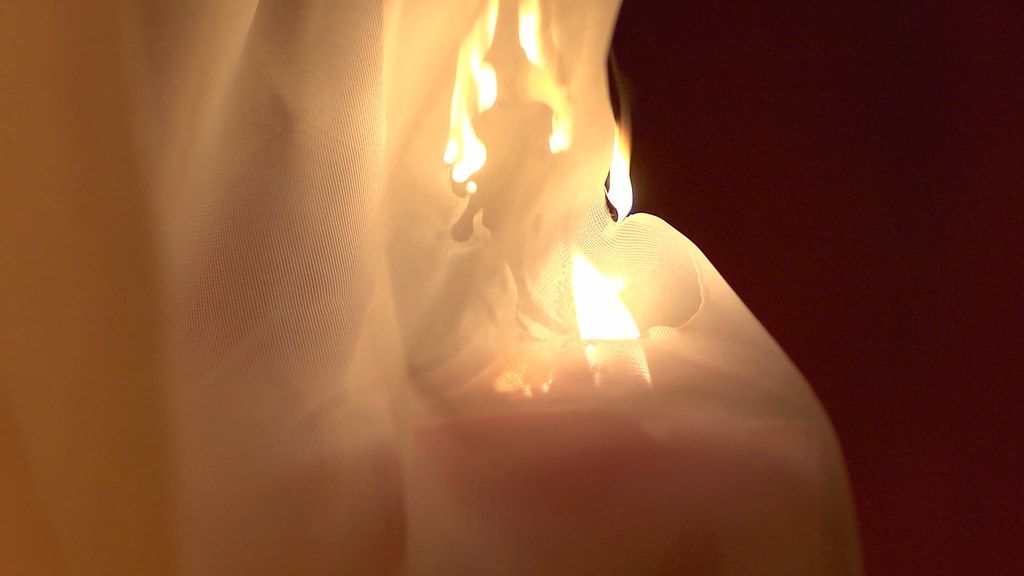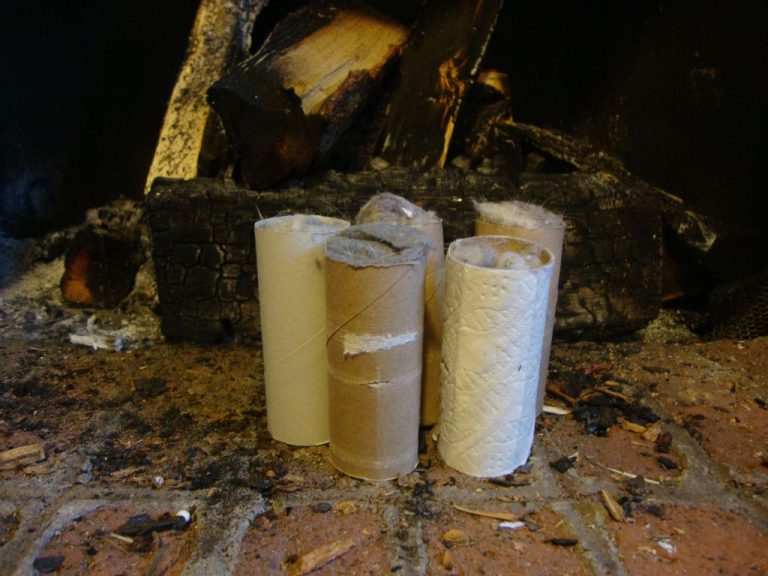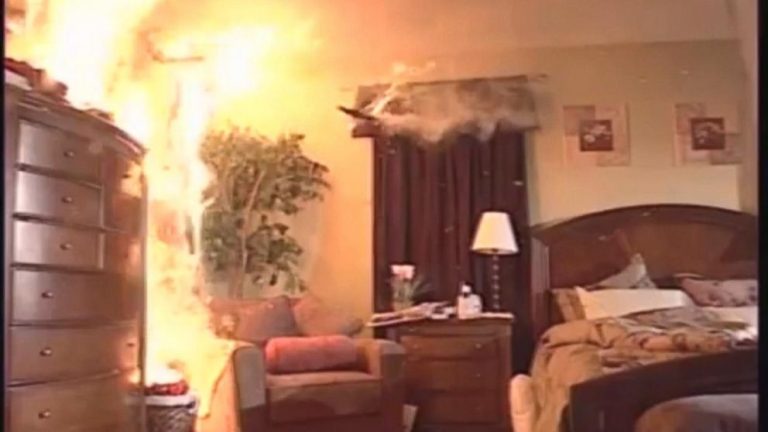How Likely Is A Candle To Start A Fire?
The Hidden Dangers of Candle Fires
Candles may seem harmless, but they are responsible for an estimated 5,910 home fires each year in the United States (https://www.nfpa.org/education-and-research/home-fire-safety/candles). Though candles are intended to provide light and ambiance, they pose a surprising fire risk if not used properly. In this article, we will explore how candle fires start, where they most commonly occur, prevention tips, what to do if a fire begins, statistics on damage caused, major historic fires, and safer candle alternatives.
How Candles Can Start Fires
Candles can start fires through the basic fire triangle – heat, fuel, and oxygen. The open flame provides the ignition source and heat to raise the temperature of nearby combustible materials to their ignition point. These combustible materials, such as cloth, paper, curtains,wood, etc. provide the fuel source. And the oxygen in the air sustains the fire and allows it to grow.
Even after the candle’s flame has been extinguished, the wick can still remain hot enough to reignite nearby materials. Additionally, the pool of melted wax acts as a fuel that keeps the wick hot. This means that a candle can start a fire even if no active flame is present.
It’s important to keep candles away from anything flammable and ensure they are fully extinguished after use. The risk of fire remains even if no flame is visible on the wick. Proper precautions can help prevent candle fires.
Common Causes of Candle Fires
According to the National Fire Protection Association (NFPA), the most common causes of candle fires are placing candles too close to combustibles, leaving burning candles unattended, knocking candles over, and drafts or breezes blowing over candles (https://www.nfpa.org/education-and-research/home-fire-safety/candles).
Placing candles too close to flammable materials like curtains, furniture, clothing, or bedding is a major risk factor. The open flame can easily ignite these materials if they are within 1-2 feet of the candle. It’s crucial to keep burning candles at least 12 inches away from anything that can catch fire.
Leaving burning candles unattended is another common cause, especially if left burning overnight while people are sleeping. Unattended candles can be accidentally knocked over by children or pets, and no one will be present to put out the fire in the early stages. Always blow out candles before leaving a room.
Knocking over candles, whether accidentally or intentionally by small children or pets, is another frequent cause of fires. Top heavy, cheaply made, or improperly secured candles are at higher risk of being tipped over. Place candles in sturdy candle holders on a level, hard to knock over surface.
Finally, drafts and breezes from open doors, windows, fans, or air vents can blow candle flames into nearby combustibles. Avoid placing candles near frequently opened doors or windows. Consider using flameless battery operated candles instead if the area is prone to drafts.
Where Candle Fires Happen
According to the U.S. Fire Administration, most residential candle fires start in bedrooms, accounting for 38% of all candle fires [1]. The National Fire Protection Association notes that although only 13% of candle users burn candles in bedrooms, over one-third (36%) of home candle fires originate there [2].
Bedrooms present a high risk for candle fires because people often leave burning candles unattended on nightstands and dressers while sleeping. These furnishings provide ample fuel sources if the candle is knocked over accidentally. The proximity of combustible materials like bedding and curtains also increases the chances of flames spreading rapidly if a fire starts.

Preventing Candle Fires
There are several key steps you can take to prevent candle fires in your home:
Proper candle placement is crucial. Candles should be kept at least 12 inches away from anything that can burn, like curtains, furniture, bedding, paper, flammable decorations, etc. According to the National Fire Protection Association (NFPA), roughly two out of every five home candle fires start because the candle was too close to something that could catch fire (NFPA).
Always put candles on a sturdy, fire-resistant holder that won’t tip over or burn. Things like trays, candle plates, and holders made of metal, glass, or ceramic work well. Avoid setting candles directly on surfaces like wood tables.
Never leave a burning candle unattended. You should always blow out candles before leaving a room or going to sleep. According to FEMA, two out of five candle fires occur because a candle was abandoned or neglected (FEMA).
Be mindful of drafts from windows, vents, doors, or fans that can cause candle flames to flicker and ignite nearby items. Try not to place candles near air vents or drafts.
Following these basic fire safety tips will go a long way in preventing dangerous home candle fires.
What to Do if a Candle Fire Starts
Having a plan in place ahead of time for how to respond in the event of a candle fire is crucial. This helps ensure you can act quickly and appropriately if a candle flame gets out of control.
For a small candle fire that is just starting, the most important thing is to extinguish the flames right away before they can spread. Blowing at the base of the flame can put it out. Snuffers, fire extinguishers, baking soda, or sand can also smother a new candle fire.
According to How To Put Out a Candle Fire in 4 Fast Steps, you should never pour water onto a burning candle, as this can spread the wax and make the fire worse.
If the fire grows beyond the point of a minor flame, immediately call 911. Flee the home and wait for emergency responders outside. Close doors behind you as you exit to contain the fire. Do not risk your safety trying to put out a large, out of control candle fire yourself.
Having working smoke detectors, as well as an evacuation plan practiced with your family, will help ensure everyone can get out quickly and safely if a candle fire occurs and spreads through your home before the fire department arrives.
Candle Fire Statistics
According to the National Fire Protection Association (NFPA), candles caused an estimated average of 8,300 home fires per year in the United States between 2014-2018, resulting in 86 civilian deaths, 654 civilian injuries and $295 million in direct property damage annually. The NFPA estimates that candle fires accounted for 4% of all home fires during this period. Safety with candles – NFPA Candle Fires in Residential Structures – USFA
The populations most at risk from candle fires are the elderly and young children. Around 30% of home candle fires started in bedrooms. Falling asleep was a factor in 10% of home candle fires and 12% of associated deaths. Candle Fires in Residential Structures – USFA Candle fires peak in December, coinciding with increased candle usage during the holiday season. Safety with candles – NFPA
The NFPA estimates that U.S. fire departments responded to an average of 7,900 fires started by candles per year between 2012-2016, which caused an average of 90 deaths, 820 injuries, and $328 million in direct property damage per year. U.S. Home Candle Fires Fact Sheet
Major Candle Fire Disasters
Some of the most disastrous and deadly fires have been started by unattended or improperly used candles. Here are a few examples:
The Station nightclub fire in West Warwick, Rhode Island in 2003 was started when pyrotechnics from a band’s stage show ignited flammable sound insulation around the stage. The fire spread rapidly, killing 100 people and injuring over 200. This tragic event highlighted the extreme dangers of indoor pyrotechnics and flammable building materials (Experts Warn Against Using Water To Douse Candle Fires).
In 2016, an unattended candle caused a fire in a South Carolina apartment that killed two young children. Investigators found that the candle had been left burning unattended near flammable materials. This devastating event is a sober reminder that candles should never be left unattended or placed near anything that can catch fire (Candles and Brush Fires).
Wildfires caused by abandoned campfires and candles can quickly burn out of control, especially in hot, dry conditions. In 2020, a wildfire in California ignited by a pyrotechnic device at a gender reveal party burned over 22,000 acres. Candles used outdoors must be carefully controlled and fully extinguished.
These examples underscore the importance of using candles cautiously and responsibly. It only takes a moment of carelessness for a small flame to turn into tragedy. Candles should not be left burning unattended, should be kept away from anything flammable, and require constant vigilance when in use.
Safer Candle Alternatives
While traditional candles come with fire risks, there are safer candle alternatives available. LED, flameless, and smart candles provide the ambiance of real candles without the open flame.
LED candles use small light bulbs to mimic the look of a flickering flame. They provide a very realistic effect and last much longer than traditional candles. Some even come with timers or remote controls to turn on and off. The downside is that LED candles require batteries or electricity to operate.
Flameless candles contain internal LEDs or fiber optics to create a convincing flame effect. Many are powered by batteries but some plug into an outlet. They produce no heat, smoke, soot or dripping wax. Flameless candles are a great option to safely enjoy candlelight anytime. However, they do contain electronics and plastic parts that may eventually wear out [1].
Smart candles connect to WiFi and can be controlled from a smartphone. You can adjust brightness, set timers, or turn them on and off remotely. Smart candles provide flexibility and convenience over standard flameless candles. But they rely on technology that could malfunction over time.
Overall, LED, flameless and smart candles provide a safer alternative to traditional open flame candles. They reduce the fire risks while still allowing you to enjoy candlelight ambiance. When used properly, flameless candle options virtually eliminate the chance of starting a fire in your home [2].
Conclusion
In this article, we have explored how likely candles are to start fires and the common causes behind candle fires. Statistics show candle fires cause thousands of injuries and hundreds of deaths each year. We have looked at where candle fires are most likely to occur, including homes, dorms, and places of worship. To prevent candle fires, it is vital to take precautions such as keeping candles away from flammable materials, not leaving them unattended, and using sturdy candle holders.
Candle safety is incredibly important. While candles can provide warmth and ambience, they are an open flame and require caution. It is essential to follow fire safety best practices when burning candles to avoid catastrophic fires. With mindful use, candle fires can be avoided.
In closing, exercise care when using candles. Do not burn them near anything flammable, keep out of reach of children and pets, and blow them out if leaving a room. With proper precautions, we can safely enjoy the light of a candle.





